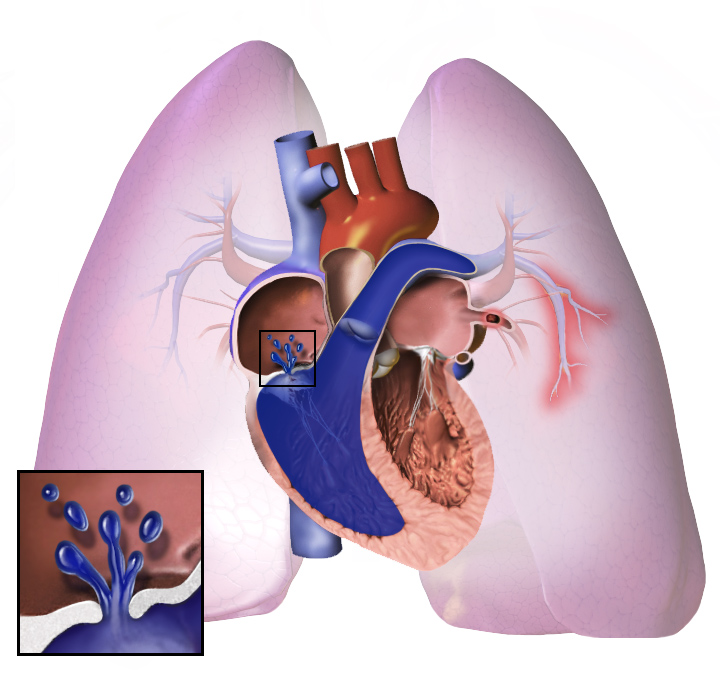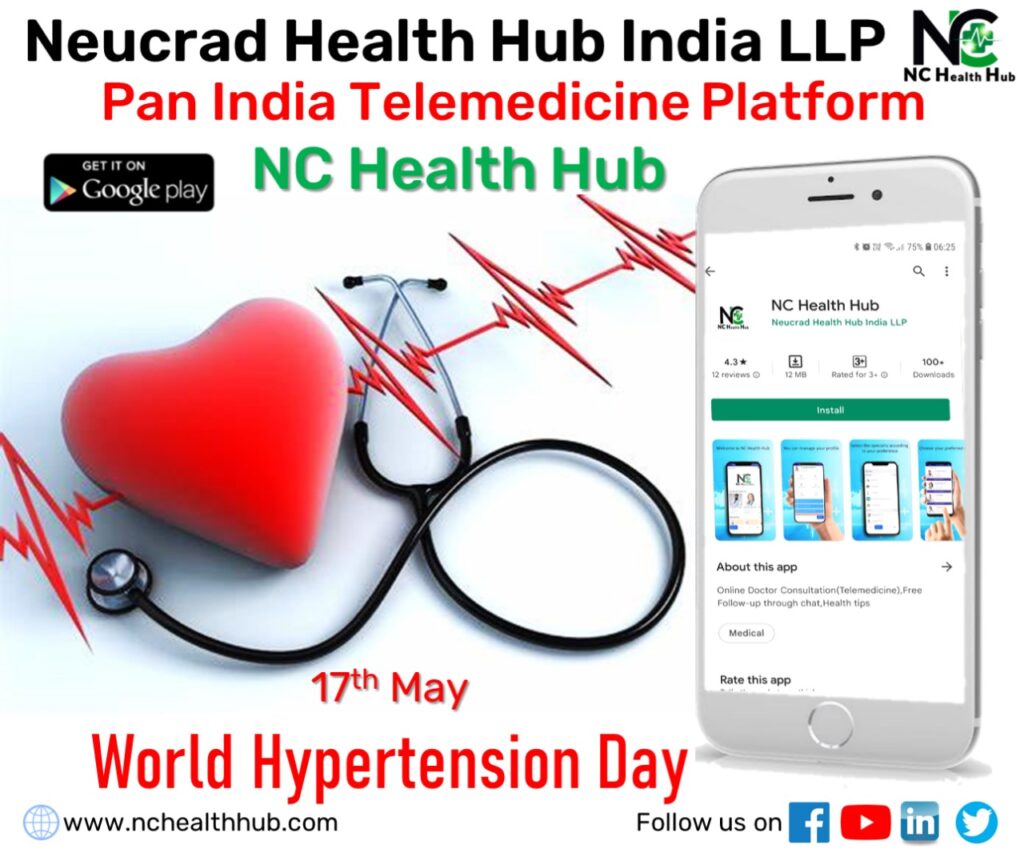Childhood Hypertension: An under discussed Issue

By Rohan Parekh, Ph.D. Student – East Carolina University, Edited by Subha Sarcar, PhD Neucrad Health Desk, May 17, 2022
High blood pressure, also known as hypertension is becoming an increasingly used household term across the United States and other parts of the world. More than one third of the adult population suffers from hypertension, which approximately equates to 2.51 billion people, or the sum of China and India – the two most populous countries in the world1.
Interestingly, this statistic is considerably miniscule since it does not include the pre-hypertensive population. It is commonly accepted that as one age, one’s chances of developing hypertension are significantly increased. In a study by Burt et. al, 1995, it was shown that after the age of 69, the prevalence of hypertension is nearly 50%2. So, the paradigm of linear increases in age and high blood pressure are still valid.
However, these statistics are not even close to the most alarming statistics revolving high blood pressure. Prior to 1977, there were no guidelines or standard values for blood pressure measurements in children3. It was not until 2004 that the guidelines for blood pressure measurement in children were detailed to include the age, height and gender to define normotensive, pre-hypertensive and hypertensive (stage 1 and 2)4 population. Even today, these guidelines remain the standards for diagnosing pediatric and adolescent blood pressure. In a study by National Health and Nutrition Examination Survey (NHANES) in 2016, hypertensive and prehypertensive levels in adolescent boys was 19.2% and 12.6% in girls. This data reveals that there has been an approximately 38% increase in prehypertensive and hypertensive levels when compared to similar data taken by NHANES from 1988 to 19945.
This increase is alarming, and the fact that it has gone unnoticed is even more terrifying. The observance of childhood hypertension is becoming more and more relevant, and the chronic pathology may lead to even more severe conditions. It was revealed in a study by Chen et. al, that blood pressure levels tend to increase linearly throughout the life of an individual6. Their study uncovered evidences to show that adolescent children who have higher blood pressure readings in comparison to their peers will continue to have higher blood pressure readings for the rest of their lives6.
Even with the advanced technologies that we have today, determining the exact cause of hypertension is difficult, and this is mainly due to its multifactorial pathology. We do not know the exact causes and the mechanisms which underlines this prevalent disease. Hypertension is a frightening disorder, it can cause havoc on the body both acutely as well as chronically over the course of an individual’s life. Hypertension can lead to heart attack, stroke, heart/kidney failure and many other medical issues2.
The Center for Disease Control (CDC) has released certain guidelines to aid in hypertension prevention, which include: eating a healthy diet, maintaining a healthy weight, getting enough physical activity, not smoking and limiting alcohol use7. These are common modifications that can generally help prevent hypertension and hopefully will be adapted by all the individuals across the world to prevent this underrecognized disease.
References
- Samuels, J., Bell, C., Samuel, J. et al. Curr Cardiol Rep (2015) 17: 107. https://doi.org/10.1007/s11886-015-0661-1.
- Burt VL, Whelton P, Roccella EJ, et al. 1995. Prevalence of hypertension in the US adult population. Results from the Third National Health and Nutrition Examination Survey, 1988–1991. Hypertension.
- Blumenthal S et al. Report of the task force on blood pressure control in children. Pediatrics. 1977;59(5 2 suppl):797–820. p. I-II.
- The fourth report on the diagnosis, evaluation, and treatment of high blood pressure in children and adolescents. Pediatrics. 2004; 114(2 Suppl 4th Report): 555–76.
- Rosner B, Cook NR, Daniels S, Falkner B. Childhood blood pressure trends and risk factors for high blood pressure: the NHANES experience 1988-2008. Hypertension. 2013;62(2):247–25.
- Chen X, Wang Y. Tracking of blood pressure from childhood to adulthood: a systematic review and meta-regression analysis. Circulation. 2008;117:3171-3180.
- National Heart, Lung, and Blood Institute. Your Guide to Lowering Your Blood Pressure With DASH. NIH Pub No 06-4082. Bethesda, MD: National Heart, Lung, and Blood Institute; 2006.

Author – Rohan Parekh
Ph.D. Student – East Carolina University, US
Doctoral student with a demonstrated history of working in the biotechnology and clinical research industry. Skilled in business development, finance, industrial chemistry, management, and life sciences
Image: An illustration purpose only. It is depicting pulmonary hypertension, credit: BruceBlaus, CC








